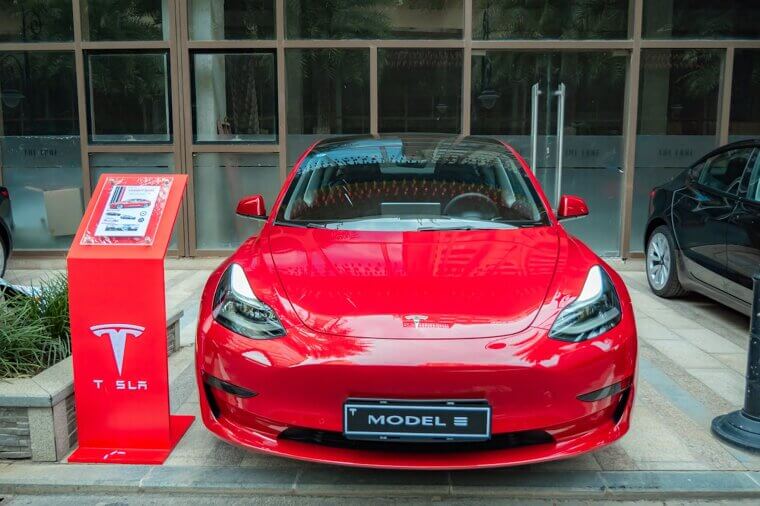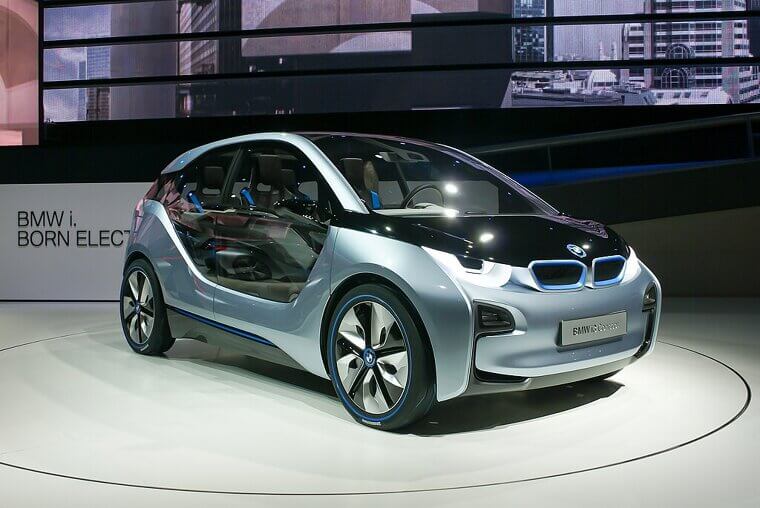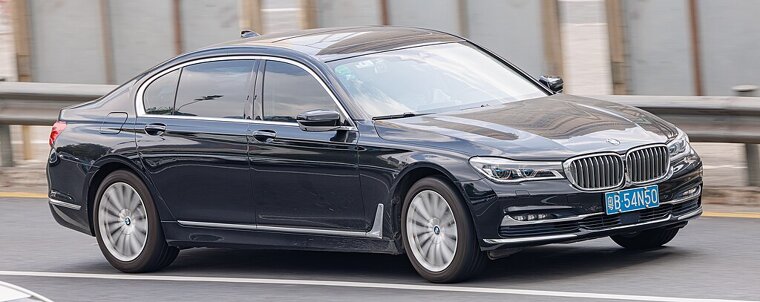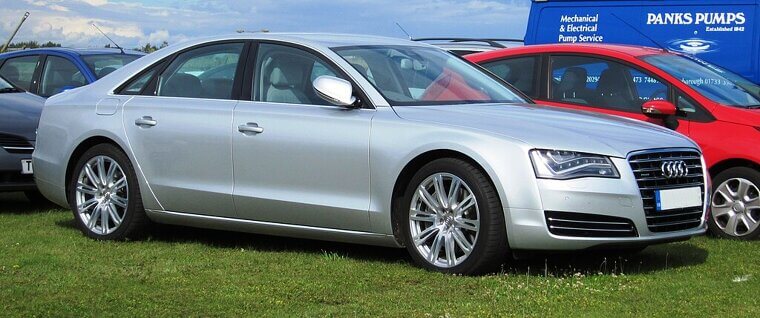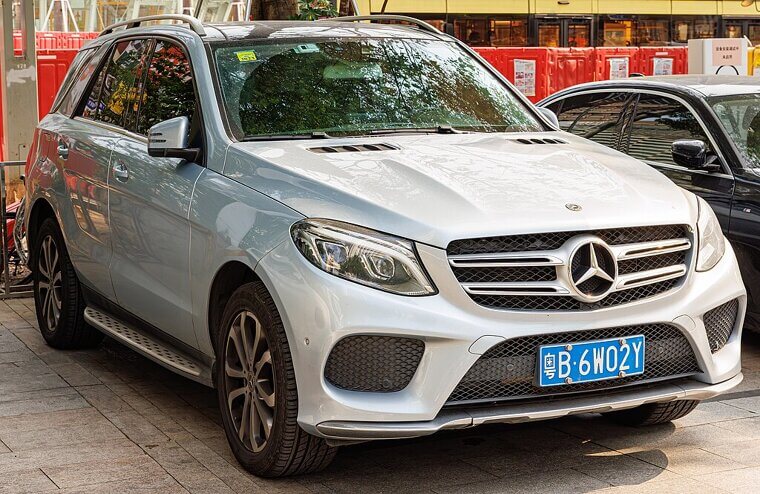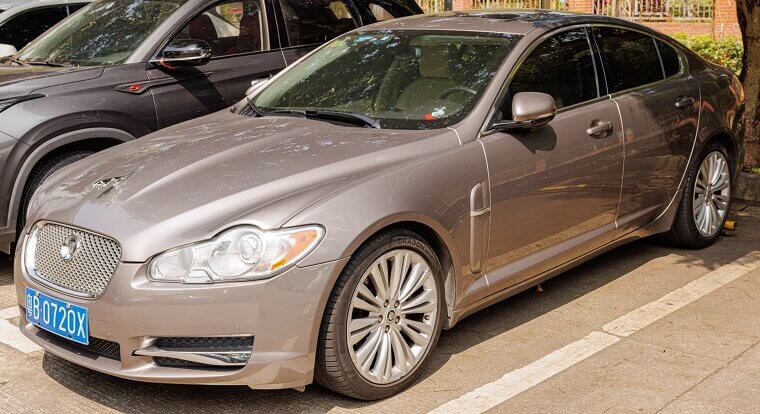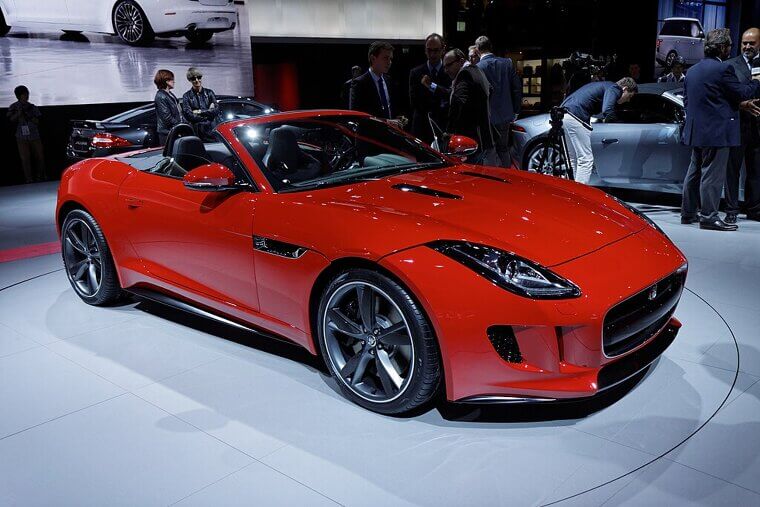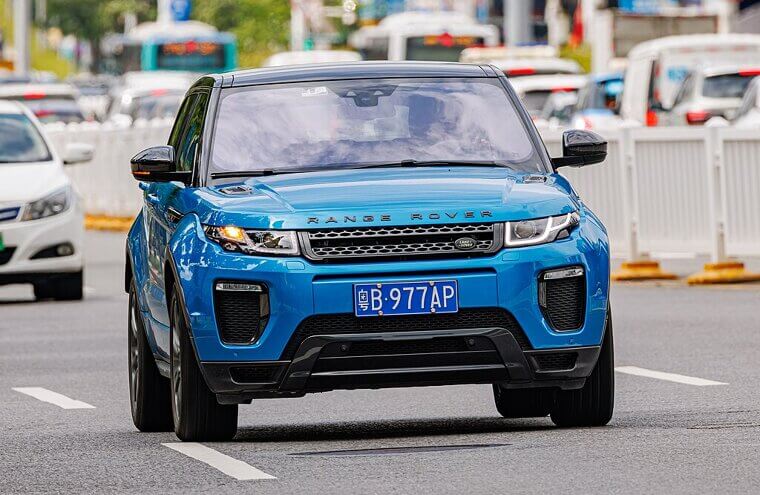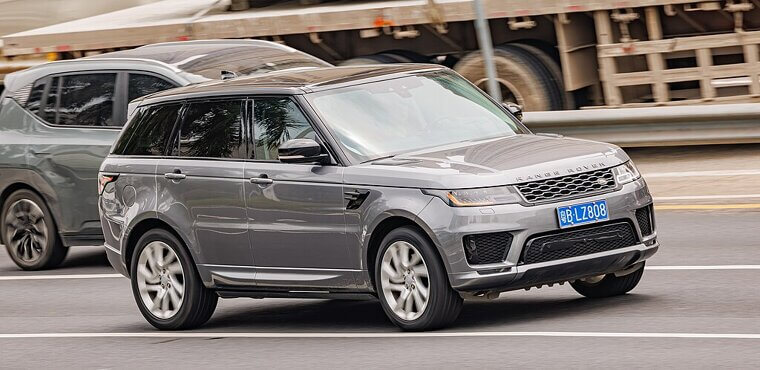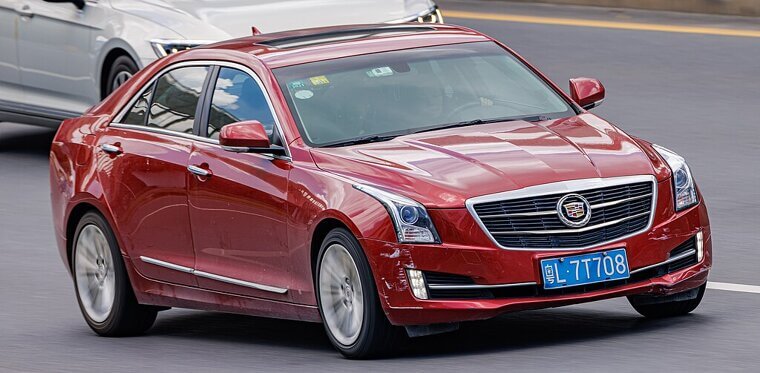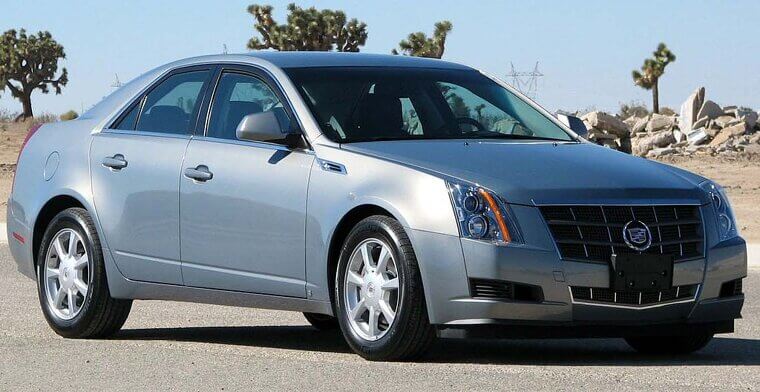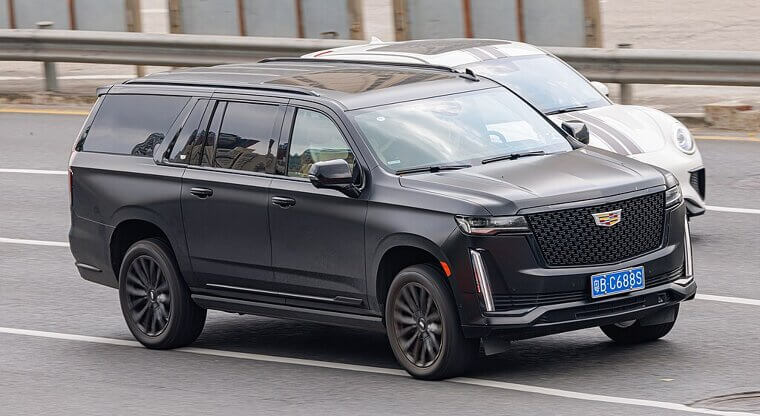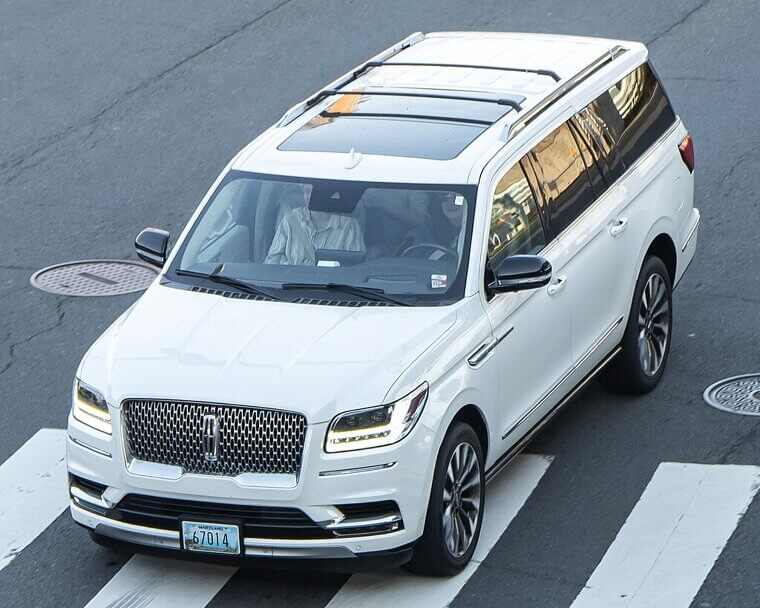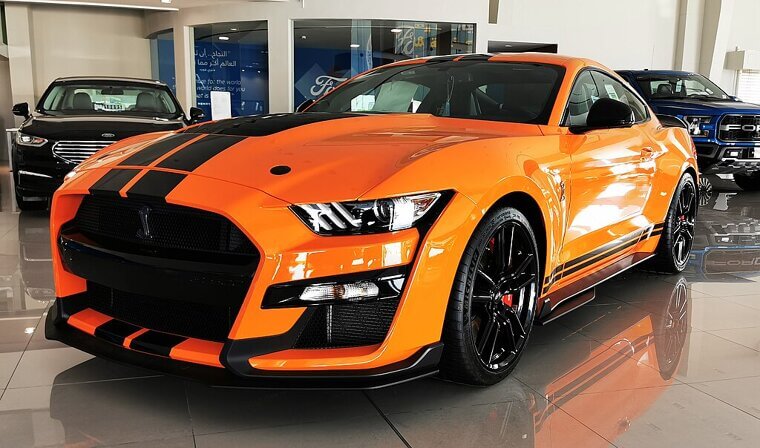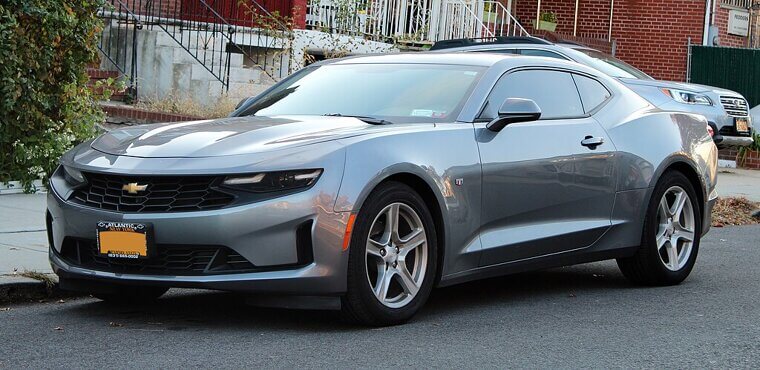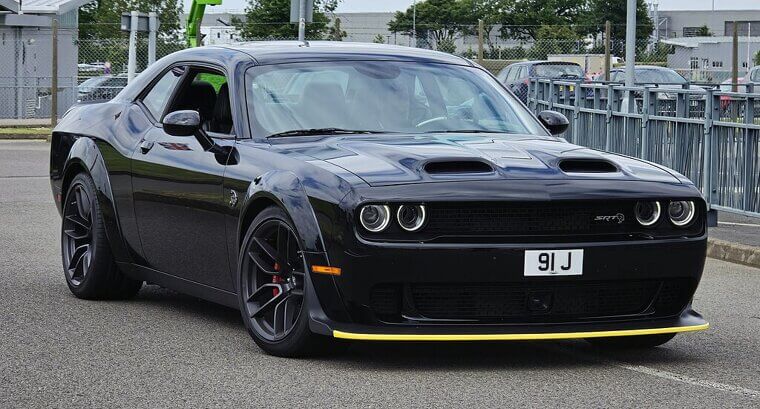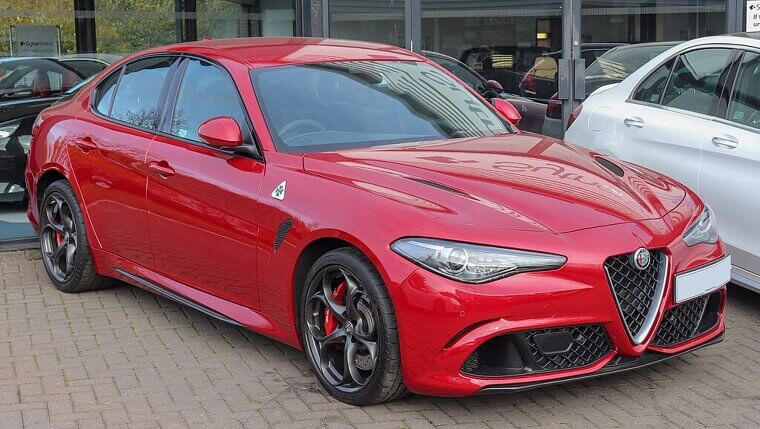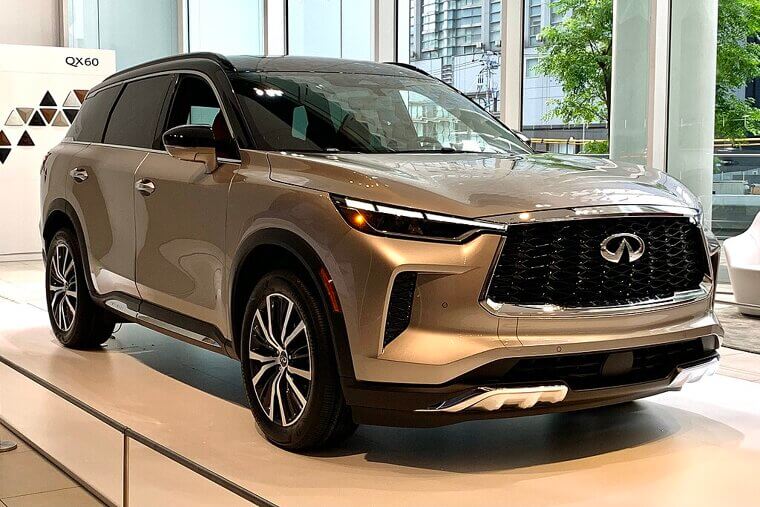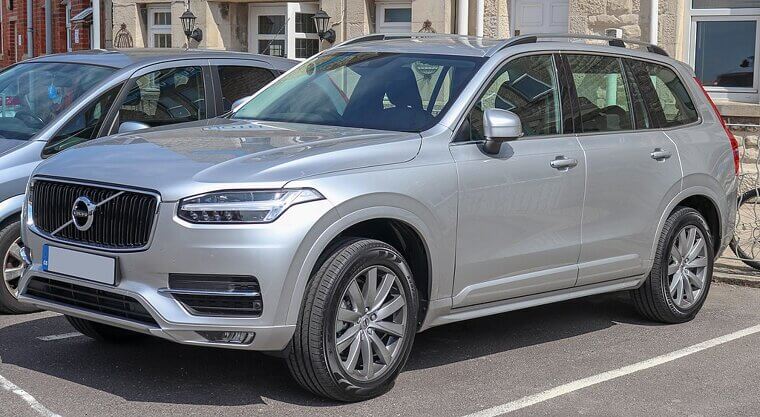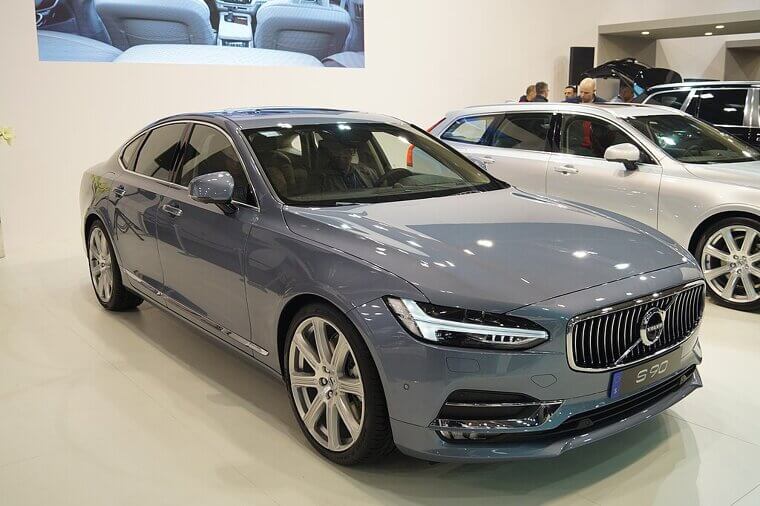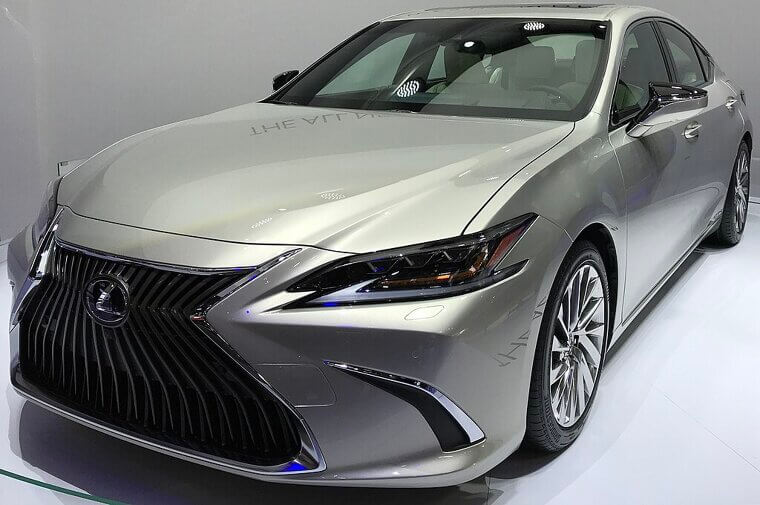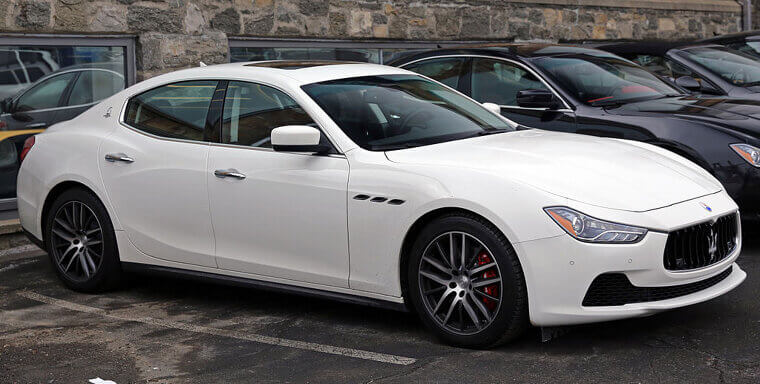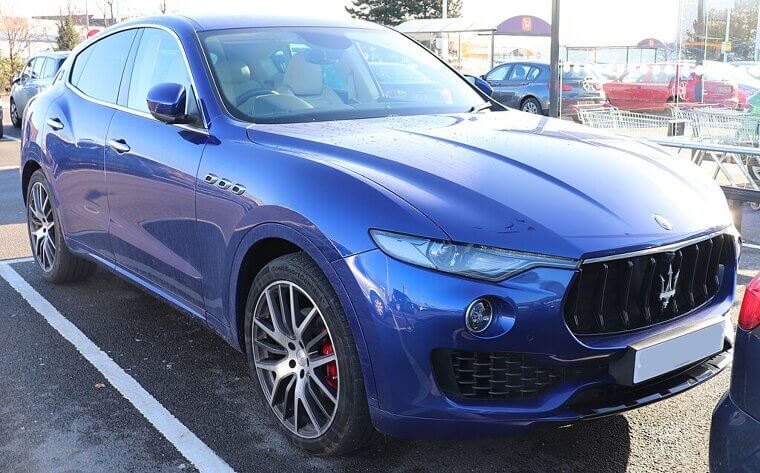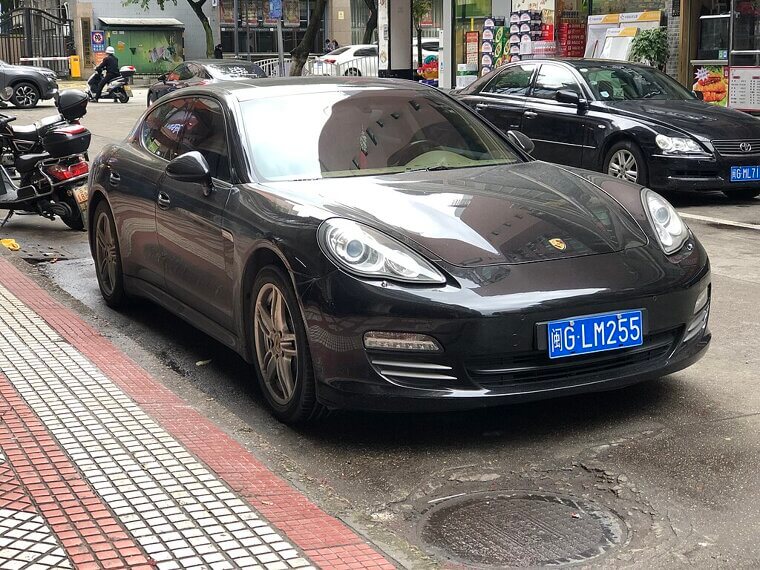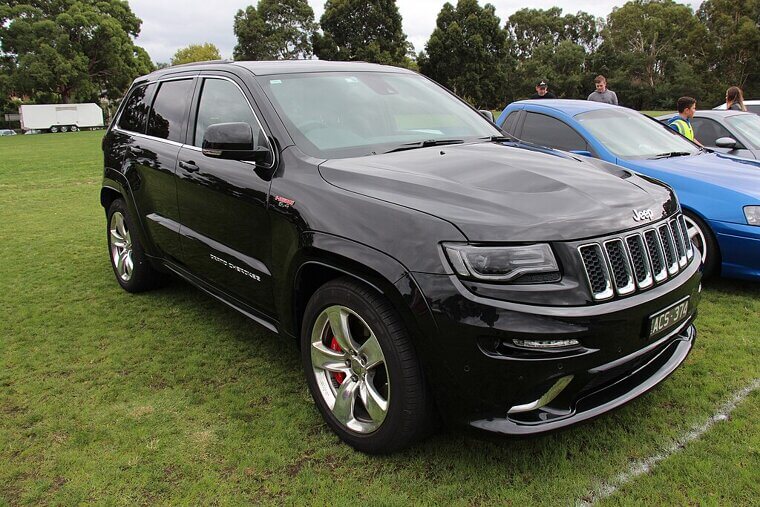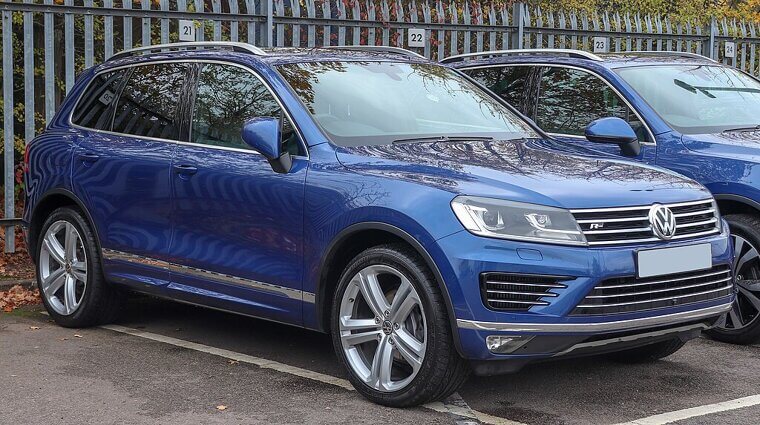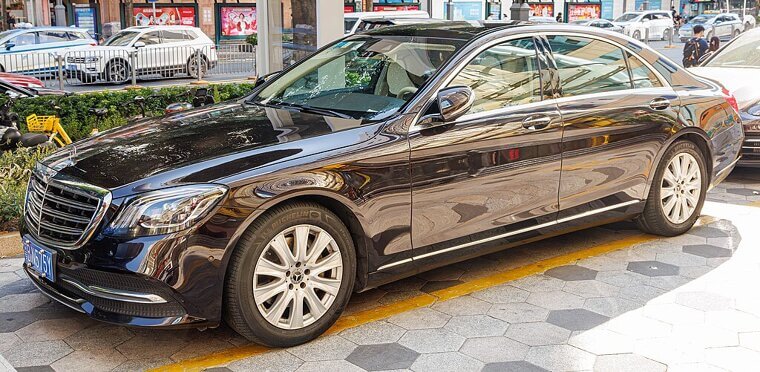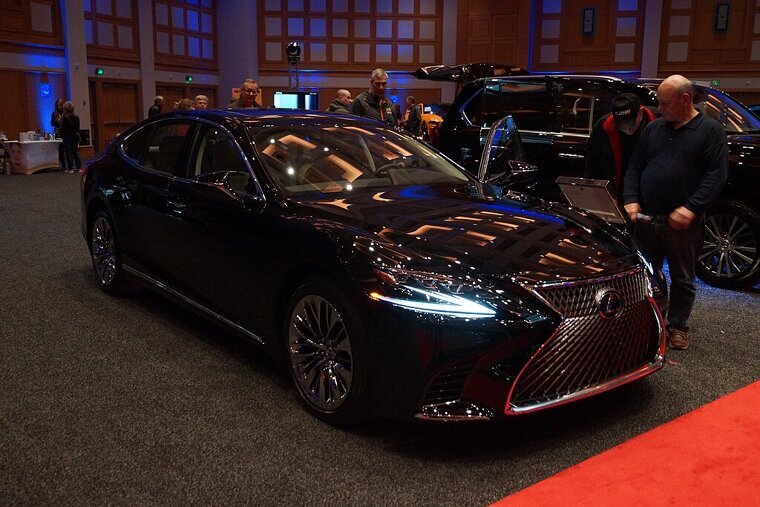Cars That Plummeted in Value After Purchase
Some cars are fast, flashy, and fun, but there’s a catch: three years behind the wheel can turn a shiny new ride into a deep depreciation pit. From overhyped luxury machines to misunderstood performance cars, these vehicles shed value faster than ice cream melts on a summer day.
BMW I3
BMW’s futuristic i3 promised a zippy, electric city experience, but resale didn’t keep pace. Limited range, quirky styling, and rapid EV evolution made early models practically bargain basement in just a few years. Owning one is still fun, but buyers beware: your wallet will notice.
BMW 7 Series (G11/G12)
The 7 Series is the pinnacle of BMW luxury, but depreciation hits hard. Loaded tech and pricey options mean that after three years, a new G11 or G12 can lose nearly half its value. Buyers love features; the market hates the sticker shock for used ones.
BMW X5 (F15, Early Models)
BMW’s X5 blends sportiness with SUV practicality, but early F15 models lost value rapidly. High maintenance costs and quickly outdated tech make resale tricky. Three-year-old examples can be bargain finds… but only if you enjoy driving a vehicle whose depreciation is faster than its acceleration.
Audi A8 (D4)
Audi’s flagship sedan is sleek, refined, and loaded with tech, yet the D4 A8’s value loss is brutal. Expensive repairs, complex electronics, and a niche market mean owners watch their investment shrink at a shocking pace. It’s a car for tech lovers willing to gamble on value loss.
Audi Q7 (4M, Early Models)
The Q7 offers space, luxury, and performance; however, early 4M models are notorious for rapid depreciation. High purchase prices combined with costly maintenance scare off used buyers. Owning one is indulgent, but three years in, it may already feel like a used car bargain… for someone else!
Mercedes-Benz GLE (W166, Early Models)
The GLE’s mix of SUV practicality and Mercedes prestige comes at a cost: rapid depreciation. Early W166 models shed value quickly, partly due to high running costs and a competitive luxury SUV market. Owning one is impressive; selling it three years later is not.
Tesla Model S (Early 2012–2015)
Tesla’s first-gen Model S wowed the world but struggled with early value loss. Fast-moving tech, software updates, and initial battery concerns left early buyers seeing its worth drop fast. You get futuristic performance, but your wallet feels it first.
Tesla Model X (2015–2017)
The Model X brought falcon-wing drama and electric power, yet its markdown didn’t take a back seat. Early adopters paid premium prices, and within three years, resale fell sharply. It’s the classic early EV dilemma: cutting-edge thrills paired with bank balance shocks.
Jaguar XF (X250)
The Jaguar XF combines British charm with sporty handling, but the X250’s depreciation is aggressive. Luxury car buyers love their new vehicles, but used buyers are wary of costly upkeep. After three years, an XF might look like a deal; however, it comes with hidden maintenance surprises.
Jaguar F-Type (Early Models)
The Jaguar F-Type roared onto the scene with sleek lines and seductive V6 and V8 options, but three years in, resale numbers told a different story. Early buyers paid for the excitement, while used shoppers scooped them up for a song.
Range Rover Evoque (L538, First-Gen)
The Evoque brought runway looks to the SUV world, but first-gen models were plagued by tech issues and interior wear complaints, pushing values down fast. Style got buyers in the door, but after three years, resale buyers were the real winners.
Range Rover Sport (L494, Early Models)
The L494 Sport had presence, power, and that unmistakable Range Rover vibe. Unfortunately, it also had reliability gremlins and a reputation for sky-high repair bills! That combination tanked resale quickly, which is painful for the ones who drove new ones off the lot.
Cadillac ATS
The ATS had sharp styling, tight handling, and aimed straight at BMW’s 3 Series. But Cadillac’s luxury sedan experiment lost value faster than its 0-60 time. Buyers weren’t convinced it had staying power, and resale numbers reflected that skepticism.
Cadillac CTS (Second Gen)
The second-gen CTS blended sharp looks with genuine performance chops, but the luxury market was unforgiving. With German rivals dominating resale value, CTS owners watched prices fall dramatically in just a few years. Today, they’re bargains hiding in plain sight.
Cadillac Escalade (2015–2017)
The Escalade was the ultimate SUV flex: big, bold, and dripping with chrome. But even this symbol of success wasn’t safe from depreciation! Early models fell hard in value thanks to high MSRP and steep running costs. Status fades; resale plummets faster.
Lincoln MKZ
The MKZ had sleek styling and hybrid options but struggled to stand out. Buyers weren’t lining up for used models, and the numbers showed it. Within three years, a new MKZ became a driveway fixture for bargain hunters who appreciated quiet comfort at half the original price.
Lincoln Navigator (2015–2017)
The Navigator was full-size luxury before its 2018 glow-up, and resale reflected that. Older models lacked the refinement of rivals, and sank in value. That’s great for someone wanting a plush SUV at a deep discount; less great for those who bought it new.
Ford Mustang (S550, Early Models)
The S550 Mustang brought independent rear suspension and refined styling, but Ford sold so many that early models devalued like clockwork. The good news? Muscle car fans can grab one cheap. The bad news? Original owners learned the hard way that popularity doesn’t mean resale strength.
Chevrolet Camaro (6th Gen, 2016–2018)
The 6th-gen Camaro improved handling and power, but sales slipped, and so did resale. Its cramped interior and limited visibility scared off casual buyers, leaving early owners with hefty depreciation. It’s a thrilling coupe… as long as you didn’t pay full price.
Dodge Challenger SRT Hellcat (Early Models)
With 707 horsepower, the Hellcat turned drag strips into playgrounds, but it also turned wallets inside out. Early buyers paid a premium for bragging rights, only to watch depreciation slam the brakes. Now, you can snag that supercharged insanity for far less (if you don’t mind fuel bills).
Nissan GT-R (R35, Early 2010s)
Dubbed “Godzilla,” the R35 GT-R was a supercar killer that started at a bargain price - for a supercar. But tech-heavy maintenance and endless software updates scared secondhand buyers. Values tumbled, making it a used performance bargain… providing you can find a mechanic brave enough to touch it!
Alfa Romeo Giulia (2017–2019)
The Giulia’s sharp handling and Italian flair wowed reviewers, but reliability whispers became shouts. Early buyers paid dearly for style; secondhand shoppers scored a luxury sedan with Ferrari DNA for a fraction of the price. Depreciation’s the ultimate Italian tune-up.
Alfa Romeo Stelvio (2018–2019)
The Stelvio promised SUV practicality with Alfa’s signature handling, but resale figures proved passion doesn’t always pay. Between quirky electronics and a thin dealer network, its value plummeted. On the bright side, you can now drive an exotic SUV for the price of a used Honda Civic.
Infiniti QX60
The QX60 had comfort, space, and features galore, but it lacked excitement. With so many sold as family haulers, resale collapsed after three years. If you want affordable luxury seating for seven, though, this one’s waiting with open arms and a low sticker price.
Volvo XC90 (1st Gen, Post-Facelift)
The post-facelift XC90 brought sleek Scandinavian design, but buyers flocked to the all-new second gen, tanking values of late first-gen models. It’s still a classy, safe SUV; depreciation just turned it into a Scandinavian steal.
Volvo S90 (Early Models)
The S90 looked like a rolling piece of modern architecture, but sedans were already falling out of favor. Combine that with minimal brand cachet in the luxury sedan market, and prices fell like a Nordic winter sun. It was beautiful, but valuable? Not so much!
Lexus ES (2018–2020)
The ES offers Lexus reliability and understated luxury, but its ubiquity killed resale. Early models depreciated fast, leaving a buffet of low-mileage, leather-lined bargains. It’s not the flashiest car, but dropping value has a way of making “boring” look very smart.
Maserati Ghibli (2014–2017)
The Ghibli arrived as Maserati’s “affordable” luxury sedan, but “affordable” was relative. Its charm couldn’t save it from brutal value loss, thanks to high maintenance costs and reliability grumbles. Today, you can pick one up for used Camry money - if you’re ready for Italian quirks with your espresso.
Maserati Levante (2017–2019)
Maserati’s first SUV promised exotic flair in a family-friendly package, but luxury buyers gravitated to established rivals. Combine niche appeal with expensive upkeep, and resale values dropped fast. Still, if you’ve ever wanted to own a Maserati without selling a kidney, here’s your shot.
Porsche Panamera (970, Early Facelift)
The early Panamera facelift models were packed with tech and speed but quickly overshadowed by the sleeker next-gen. Add Porsche-sized maintenance bills, and depreciation took the wheel. Bargain hunters now get a Porsche badge and blistering performance at a fraction of the original cost.
Jeep Grand Cherokee (WK2, Early 2014–2016)
The Grand Cherokee WK2 combined rugged style with upscale touches, but early models fell hard in value once newer trims landed. It’s still a capable off-roader with plenty of comfort, making depreciation a blessing for used buyers looking for adventure on the cheap.
Volkswagen Touareg (2015–2017)
VW’s luxury SUV offered refinement and tech; however, it struggled to stand out in a crowded segment. High new-car pricing and brand perception meant values tanked quickly. Now, it’s a bargain sleeper with the comfort and build quality of its Audi cousins (minus the badge prestige).
Infiniti Q50
Packing a twin-turbo punch and plenty of tech, the Infiniti Q50 nevertheless failed to capture the premium market’s heart. Without the prestige of rivals, resale values nose-dived. Bargain hunters seeking speed on a budget loved it; new buyers less so.
Mercedes-Benz S-Class (W222)
The W222 S-Class is a tech-laden masterpiece, yet even the flagship’s elegance can’t stop steep depreciation. Complex electronics and expensive servicing mean three-year-old examples lose significant value. It’s luxury with a hidden cost: your bank account will feel the weight long after the first drive.
Lexus LS (XF50, Early 2018–2020)
The LS redefined quiet luxury, but the XF50’s steep starting price didn’t hold. With SUVs dominating, sedans like this depreciated heavily. If you’re shopping for a whisper-quiet cruiser with a discount bigger than its grille, this is your dream ticket.

